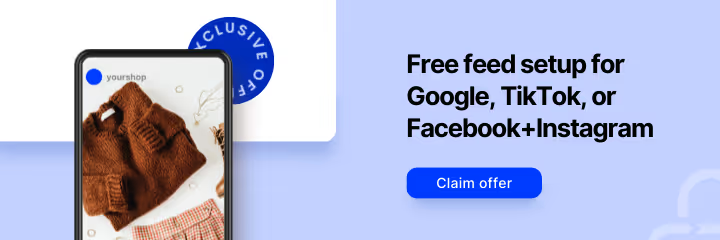How do you interact with your customers? If you’re like most businesses, that answer is fairly extensive.
You have a website that puts your brand message out there. It likely provides numerous ways for customers to contact you (phone, email, text, chat, and so on) and may allow them to purchase products from you directly. You may also have a mobile site, app, or brick-and-mortar store.
Chances are good that you have some kind of social media presence, possibly on several different channels. Your business is likely listed in various directories, such as Yelp and Google Places where people can review it. And you may have several different types of marketing campaigns: “traditional” ads, email newsletters, PPC ads, and more.
This “multi-channel” approach strives to meet customers where they are by ensuring your brand has a strong presence in many places at once.
But what happens if your website says one thing and your directory something different? Or a customer starts communicating with you by tweeting a message, then calls your customer support line for a response to that original question? Will the support technician who answers the call have any record of that tweet? Or will the customer have to essentially “start from scratch,” repeating information?
This is the problem of a multi-channel approach. And it’s something that an omni-channel approach promises to solve. Instead of treating your various brand channels as individual silos with little-to-no interaction, an omni-channel approach means building bridges between them and overseeing it all from a central hub. This way, customers can seamlessly transition from one communication channel to another as part of one continuous experience.
It’s the direction more and more businesses are moving. How do you start switching your approach?
1. Instill cohesion and consistency.
How you interact with customers on various channels will (and should) differ slightly by necessity and the order that they receive specific pieces of information will change depending on the particular path they take.
But, for the most part, you want to strive for consistency. Your message should be the same. Your interactions should provide the same information. In other words, even though there are many distinct paths, they all need to convey the same thing and lead to the same place.
2. Coordination, not competition.
A multi-channel approach means that each individual channel strives to excel. Unfortunately, this can lead to message confusion and various channels unintentionally competing.
This is not what you need. You want your channels all working together, as happy to take a customer on the journey to conversion by themselves as they are to funnel them to the next channel of the customer’s choice. A big part of this is data-sharing and communication.
3. Pool your data.
Getting data isn’t a problem these days. The problem is drawing it together in one place from all of your disparate sources so you can look at it and actually understand it.
Solutions like GoDataFeed help by automatically grabbing data from numerous sources and making sure it is compiled and synced on a continuous basis. No matter what marketplace a purchase was made through, your main inventory system will have the necessary information.
4. Discover preferred pathways.
There are so many options available nowadays that customers can take all kinds of paths that lead to conversion.
Some may browse your site, sign up for your email list, get a coupon, simultaneously view your products while checking review sites, then make a purchase decision. Others will start on a directory site, check your website to make sure an item they want is in stock, head to your physical store, then compare prices and look for coupons to make sure they’re getting a good deal while walking around.
You need to discover the most common paths that customers take by doing research and gathering as much data as possible, then carefully analyze and interpret that data.
5. Create pathway content.
Though it needs to be consistent, the specific content created for the paths of the hypothetical customers mentioned above will differ to reflect which channels they interact with at which stage of the journey.
In other words, you’re going to need to create specific, unique content for Customer Path A and Customer Path B. For example, coupons are involved in both customers’ journeys. But Customer A receives his near the beginning, while Customer B only starts looking for hers at the end.
Because of this, Customer A’s coupon email might say something like, “Thanks for signing up for our mailing list! Here’s a complimentary 10% coupon.” Customer B, who seeks out coupons while actually in the store, might get offered a location-targeted search coupon acknowledging her presence in the store.
Obviously, omni-channel is a more involved approach to customer interaction. It’s designed to make people feel like you are with them at every step of their journey, regardless of the channel they’re using or which stage they’re at. It’s not easy, but it is worth it. In fact, businesses that have successfully implemented it report increases in customer loyalty, satisfaction and, yes, profitability.




%20).png)

%20).png)